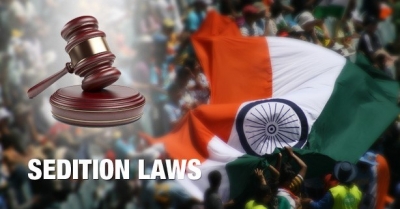
Disha Ravi, a 21-year-old climate activist from Bengaluru, was arrested recently on charges of sedition for allegedly editing and sharing a social media document, or toolkit, about the ongoing farmer protest against the Farm Bills. She was later granted bail by a Delhi court which found no evidence of acts of sedition.
A number of politicians, activists, authors, journalists, and students have been arrested under the sedition law in the past in the country. And critics have been demanding the scrapping of the colonial-era law due to its repeated misuse. What is the sedition law all about?
What is sedition?
The Oxford Dictionary defines sedition as the use of words or actions that are intended to encourage people to oppose a government. An act is considered seditious when it incites people to rebel against the authority of a state, sometimes resorting to violence.
What is sedition law?
Section 124A of the Indian Penal Code lays down the rules of sedition law. It states sedition as an offence committed when "any person by words, either spoken or written, or by signs, or by visible representation, or otherwise, brings or attempts to bring into hatred or contempt or excites or attempts to excite disaffection towards the government established by law in India".
What is the punishment for sedition under the law?
Under Section 124A, sedition is a non-bailable offence, punishable with jail from three years to a life term. Besides, a person charged under this section is barred from a government job, deprived of a passport and required to appear in court as and when required.
When was the law introduced?
Section 124A of the Indian Penal Code (IPC) was introduced by the British Raj in 1870. In the 19th and early 20th centuries, during the British rule, the law was mainly used against freedom fighters, including Mahatma Gandhi, Bal Gangadhar Tilak, Annie Besant and Maulana Abul Kalam Azad. It was one of the many draconian laws enacted to stifle any voice of dissent at that time.
In 1962, the Supreme Court imposed limits on the use of the law, by making incitement to violence a necessary condition. (The British, which introduced the sedition law in India, abolished it in their country during the Gordon Brown Labour government in 2009, as the law was considered to be against freedom of expression.)
Why has there been a demand to scrap the sedition law in India?
Section 124A helps the government combat anti-national and terrorist elements. The law is essential to protect national integrity and the elected government from coup attempts (overthrow of an elected government through violent and illegal means).
The law becomes problematic only when its provisions are misused. Critics say the law is increasingly being exploited to silence criticism against the government. According to them, Section 124A is being used to stifle freedom of speech and expression of citizens and the colonial-era law goes against the essence of democracy because it is often used against people who question and criticise the policies of the government. Hence, there has been a growing demand to repeal the law. In fact, in 2018, the Law Commission of India published a consultation paper recommending that it is time to re-think or repeal Section 124A of the Indian Penal Code that deals with sedition.
How has the law been used in recent times?
According to the National Crime Records Bureau, between 2016 and 2019, the number of cases filed under Section 124A went up by 160%, while the rate of conviction dropped to 3.3% in 2019 from 33.39% in 2016. Some of the past cases are: in 2012 and 2013, about 23.000 people protesting against a nuclear power plant in Tamil Nadu were held for sedition. In 2014, 60 students in Kashmir were charged under Sec 124A for cheering the Pakistan cricket team.
In 2015, a singer was arrested for criticising the Tamil Nadu government's liquor policy in his songs.
In 2016, actor Divya Spandana was charged for praising the people of Pakistan.
Students who refused to stand up during the national anthem a man who clicked like on a Facebook post 1 Like Pakistan, and a number of people who took part in the anti-CAA and NRC protest were all charged with sedition.
Picture Credit : Google
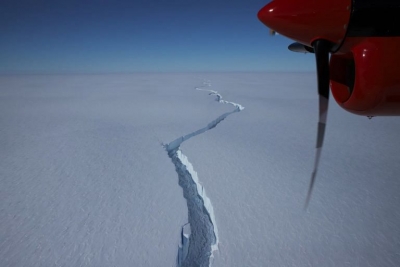

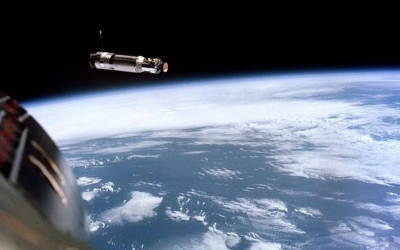
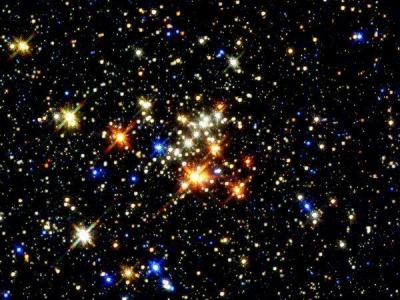
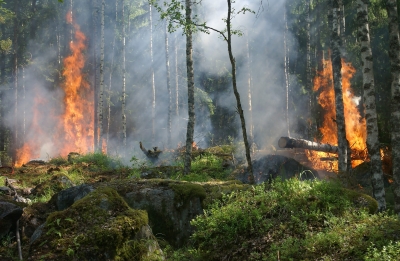






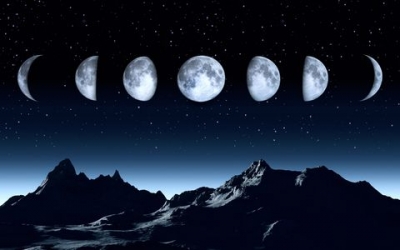
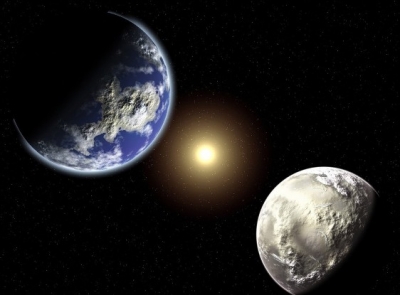
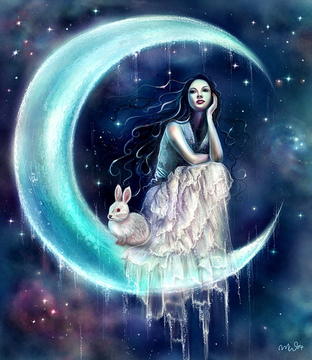
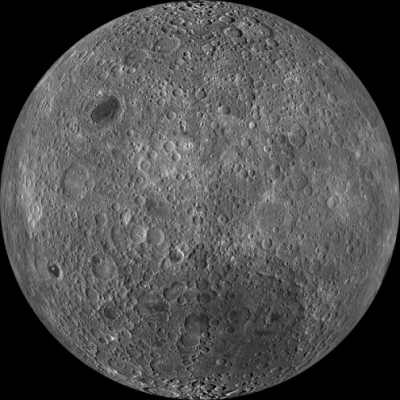 The Moon
The Moon